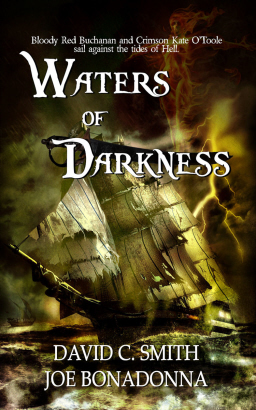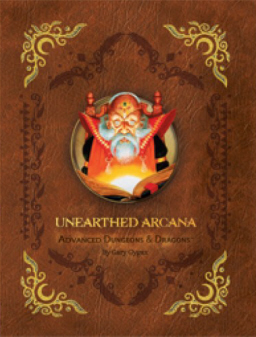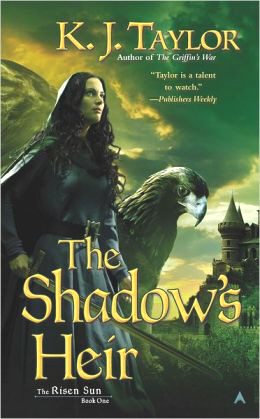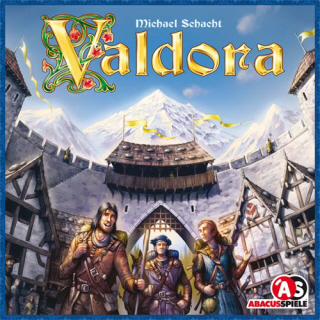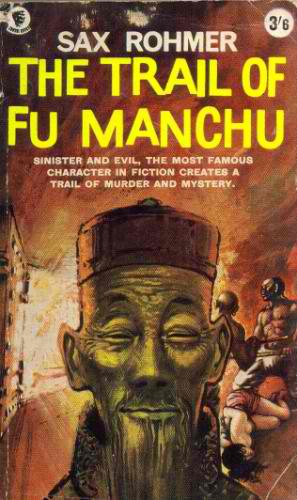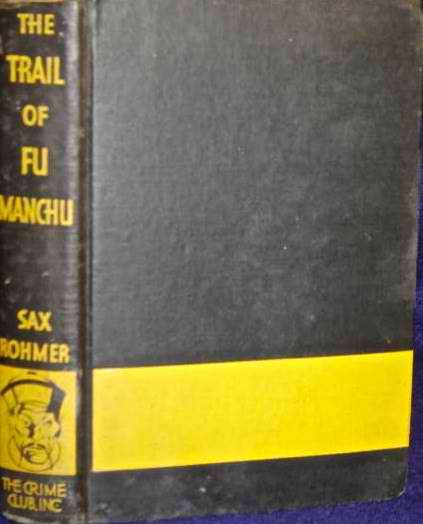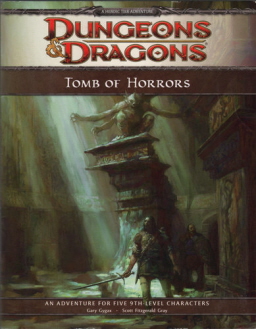Weird of Oz Huffs About Hit Points
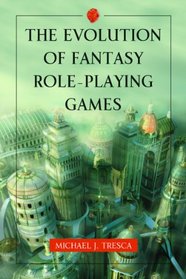 With gamer-geek hat still squarely donned following last week’s review of Fighting Fantasy gamebooks, today I want to chat about hit points. First off, I think it’s safe to say that the concept of hit points revolutionized gaming for all time. Its influence is seen in almost every video game in existence today. Any arcade game that featured a life bar in the corner of the screen, growing shorter with each bit of damage inflicted until the inevitable “Game Over,” originated from the idea of hit points — a scale that keeps track of the damage a character has sustained and that lets the player know how much more punishment the character can take before he/she either has to retreat or drink a healing potion or die.
With gamer-geek hat still squarely donned following last week’s review of Fighting Fantasy gamebooks, today I want to chat about hit points. First off, I think it’s safe to say that the concept of hit points revolutionized gaming for all time. Its influence is seen in almost every video game in existence today. Any arcade game that featured a life bar in the corner of the screen, growing shorter with each bit of damage inflicted until the inevitable “Game Over,” originated from the idea of hit points — a scale that keeps track of the damage a character has sustained and that lets the player know how much more punishment the character can take before he/she either has to retreat or drink a healing potion or die.
What got me thinking about this was reading Michael J. Tresca’s book The Evolution of Fantasy Role-Playing Games (2011). Tresca notes that hit points were introduced by Gary Gygax and Dave Arneson in the 1972 wargame Don’t Give Up the Ship! from Guidon Games (p 50). They would later incorporate it into their most famous collaboration: Dungeons & Dragons. In prior strategy wargames, the winner of a skirmish was determined by first move, rank, or number of troops (sometimes with the added luck factor of a dice roll).
First move is employed in chess or checkers. If your knight lands on my pawn’s square, I lose my pawn. But if my pawn lands on your knight’s square, you lose your knight: There’s no question of whether a pawn could beat a knight in combat, or whether the knight might be able to defend his square against some lowly upstart pawn — even if the pawn did get the drop on him!
Rank is exemplified by card games. King of hearts beats a jack of hearts every time. Never has the scenario come up when a player laid down a king on a jack, and the other player said, “Surprise! My jack was harboring a poison dagger in his sleeve — your king is dead. Et tu, jack of hearts?”
